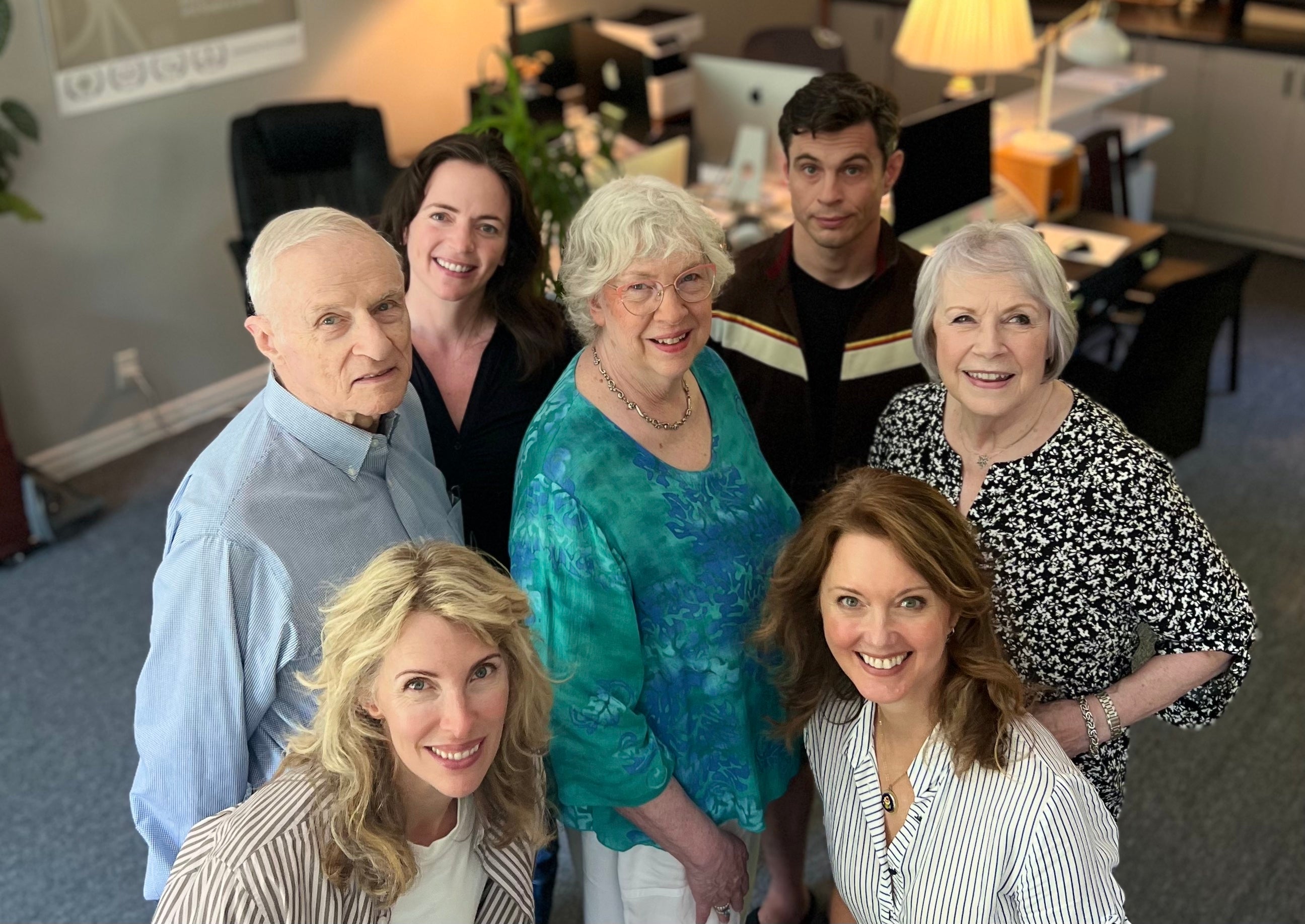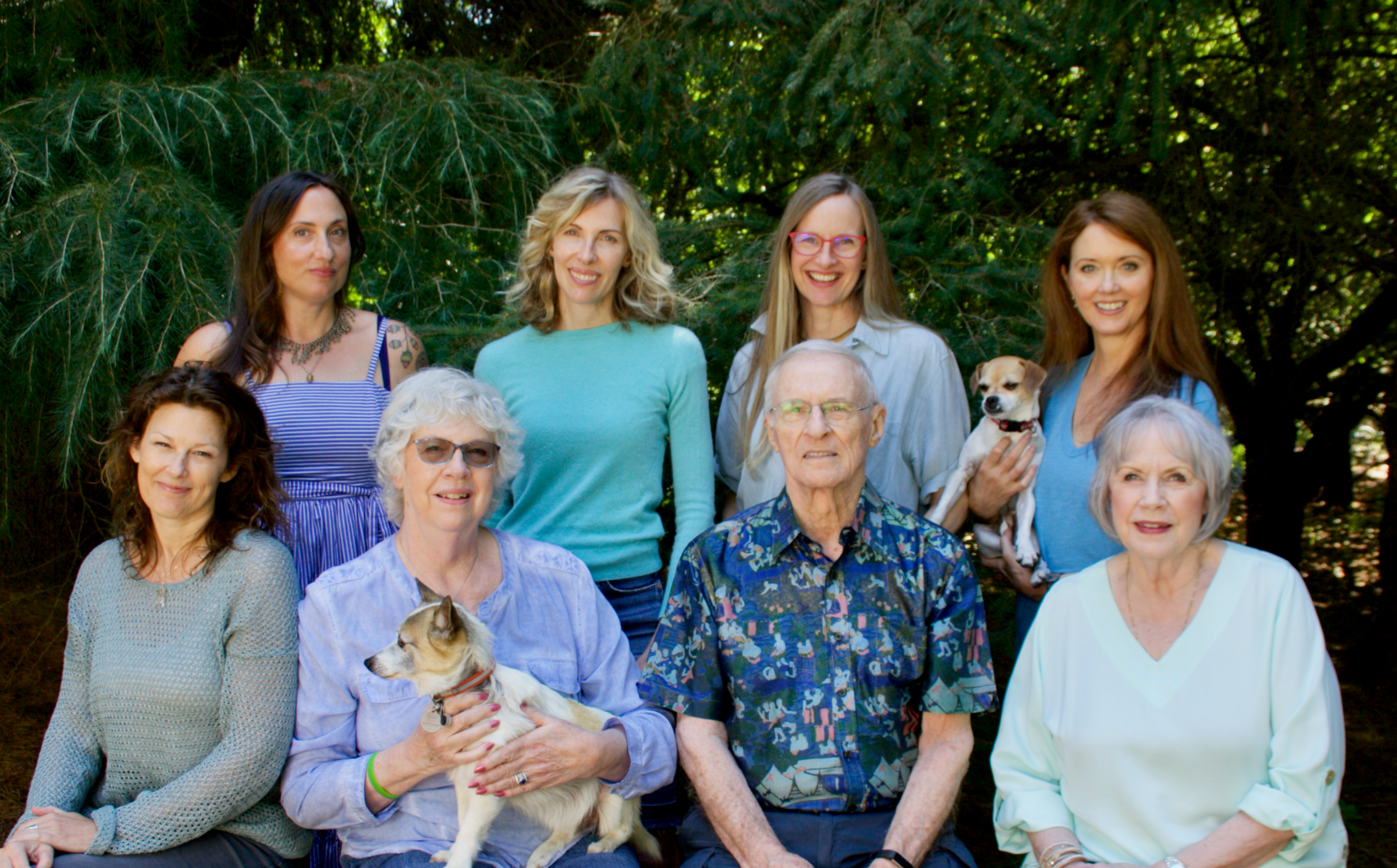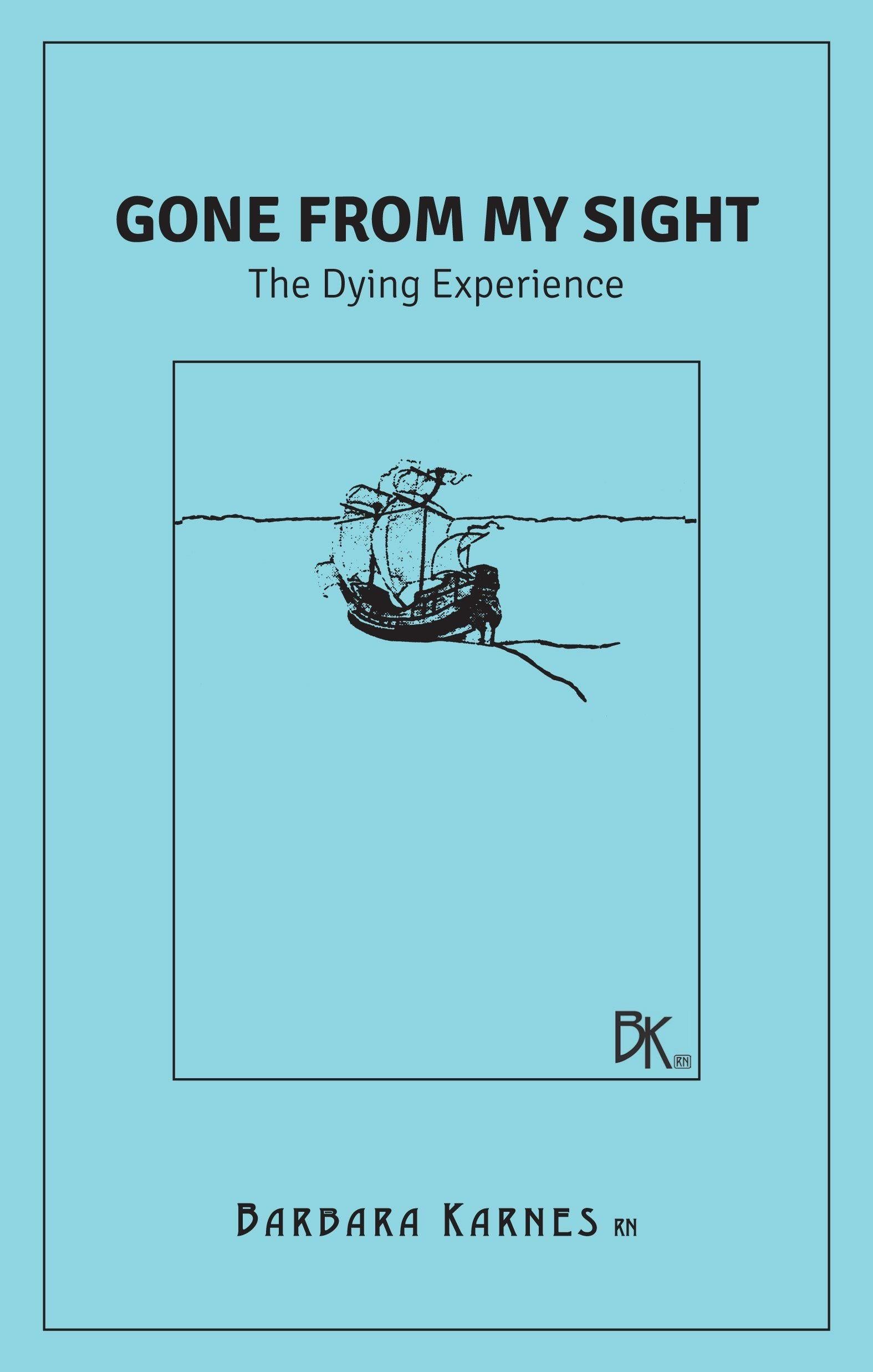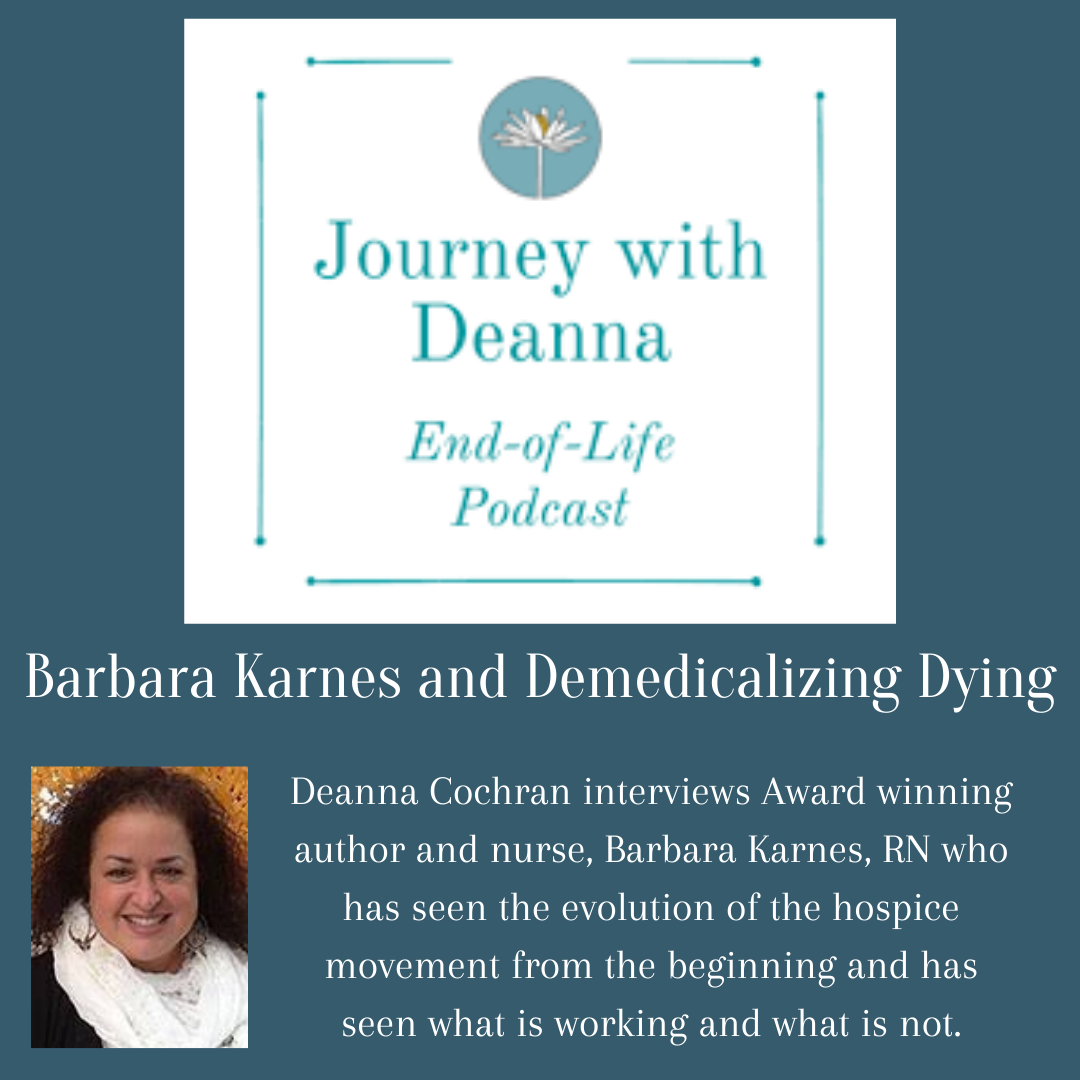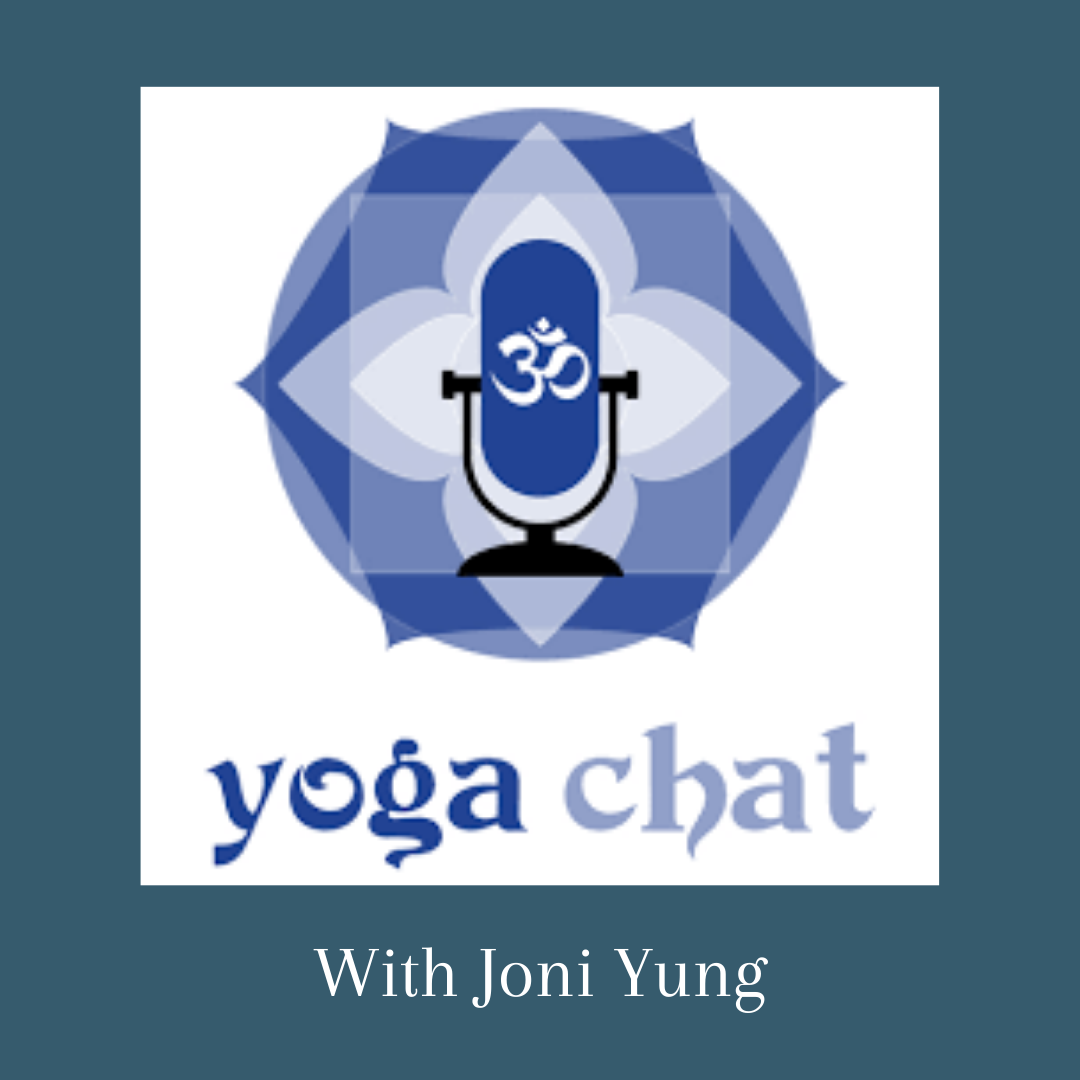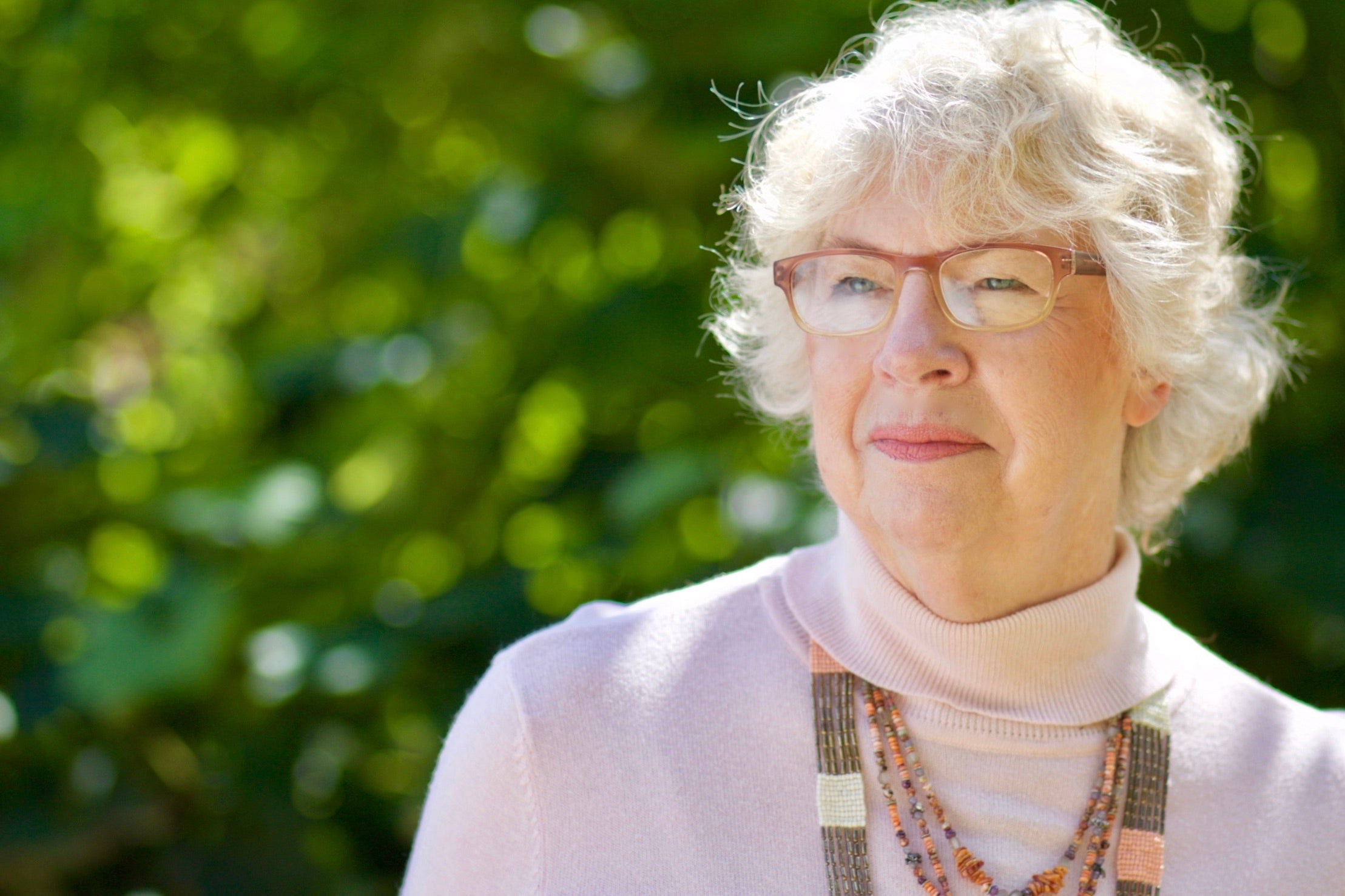The compassion and expertise of hospice nurses is the stuff of legend. They seem to know what to say, when to say it, and when to simply be present and say nothing. Their loving treatment of grieving families comes not from a textbook but from a deep place where one spirit is able to touch another. But not every homebound patient dies under hospice care. Often, home health nurses are faced with being present at a death or having been the last clinician in the home before the patient crossed over.
Veteran hospice nurse Barbara Karnes, RN, an internationally respected speaker, educator, author, and thought leader on matters of end of life was a hospice administrator when her parents died within five months of each other. As a former home health and hospice field nurse and, later, administrator, and the founder of BK Books, based in Vancouver, Washington, she recently came to notice how often home health nurses are thrust, without warning or preparation, into a hospice-like role. She wanted to help, so she brought her end-of-life education program to last month's NAHC meeting. We spoke with her afterward.
Knowledge brings comfort
Products from BK Books include videos and books for nurses, family members, and terminally ill patients themselves. Karnes would like to see home health nurses using them for the benefit of everyone involved, just as hospice nurses have been doing for decades. The starting point is a film titled "How People Die." Karnes recommends the 3-part film, available on DVD, be shared with staff over three in-service days, with ample time set aside for discussion after each segment.
"Taking care of your front-line staff requires preparing them to cope with a death event," Karnes told us. "Hospice care makes different demands on a nurse. That is why I have materials that help nurses to not only care for the grieving family but care for themselves as well. After conducting the three in-services around my film, I urge management to hold a fourth in-service, using my booklet 'You Need Care Too,' and its accompanying DVD, 'Care for the Caregiver.' There is a lot to talk about during such a session and there is always someone who has experienced it." She added that she is preparing an online course on the same subjects.
Hospice has changed
One of the reasons Ms. Karnes has turned her years of hospice experience into educational materials, she told us, is that regulatory and payment structures have changed hospice practice. "The goal of hospice, unfortunately, is no longer to be present at the moment life ends. In fact, we know that 55 percent of families have not had a nursing visit in the two weeks preceding a death. That is why specialists, known as "End-of-Life Doula's," are now stepping into the void created by hospice nurses not being there."
This may also be the reason more home health nurses find themselves thrust into the role. "All too often, they do not know, any more than the family does, what they should be doing during the natural dying process," Ms. Karnes continued. "I teach both healthcare professionals and lay people in the community about the process, specifically 'here is what you can do while it's happening.' I do it because I have seen family standing around the bed holding each other's hands, wanting to hold the dying person's hand but afraid to. It is a natural process but many people do not know how to behave during it."
"There are two ways to die," Ms. Karnes explained, "suddenly or gradually. When someone is going through the natural, gradual dying process, people need to know what to do, not just hospice nurses but loved ones and non-hospice clinicians as well. That is why I wrote these books and produced the films."
Books target each need
To help all parties know what to do during the normal dying process, BK Books offers specific titles, targeted to each group:*
- "Gone From My Sight" is designed to be read together by clinicians and family members shortly after a terminal diagnosis. Ms. Karnes' first book, it has been translated into 11 languages.
- "A Time to Live" is for the dying patient him/herself. It offers encouragement and strategies to live while their body declines.
- "The 11th Hour," tells people what they can do and say while a loved one is actively dying.
- "How Do I Know You?" helps family members understand dementia, which Ms. Karnes describes as "the disease which does not play by the rules."
- "Pain at End of Life" deals frankly with pain and opioids and the fear that accompanies a terminal, painful chronic illness.
- "My Friend, I Care" is a booklet the hospice or home health agency gives to the family after a patient dies. It helps people understand the grieving process. Plus, staff members can sign the inside cover, and the book becomes their sympathy card.
Origins: clinical vs. financial decisions
Barbara Karnes ran a home health agency and a hospice early in her career. Her journey to hospice expertise began shortly after graduating from nursing school when she learned about hospice in Great Britain. Captivated, she abandoned ideas of a social work-oriented nursing career and followed her heart into the fledgling U.S. hospice movement. "I had no pre-conceived ideas," she told us, "no one did. We learned as we went along."
She spent five years at the bedsides of the dying, comforting, observing, and learning about end-of-life matters from patients and their families. After her parents died, as mentioned above within five months of each other, she left the workforce for a time, eventually electing to return as a writer and speaker rather than join another hospice organization. She wrote "Gone From My Sight" in the mid-1980's.
"I ran a home health agency as well as hospice," she explained, delving into her administrative as well as clinical expertise. "I know how home health patients and their families get attached to their nurses and their aides. I also know that an HHA wants to bill for as long as possible. They are sometimes reluctant to let a patient go into hospice...unless they happen to have their own hospice."
This finance-driven preference, she continued, is often supported by the family but for other reasons. They may have grown attached to their loved one's nurse, or the patient may believe hospice means having to admit, "I'm dying." They may not be emotionally prepared to make the move from curative to palliative care, wanting to deny that death is imminent.
"Therefore, it has become necessary to teach home health nurses -- and aides and social workers -- how dying happens. Most people do not know, even many healthcare professionals. If home health is involved in dying -- even when not the result of a clinically-driven decision -- they have to know how to take care of both patient and family. They have to know to shift focus from the disease to the person, as a hospice nurse does.
*Some books are available electronically; some videos are available through Vimeo. Read More....
